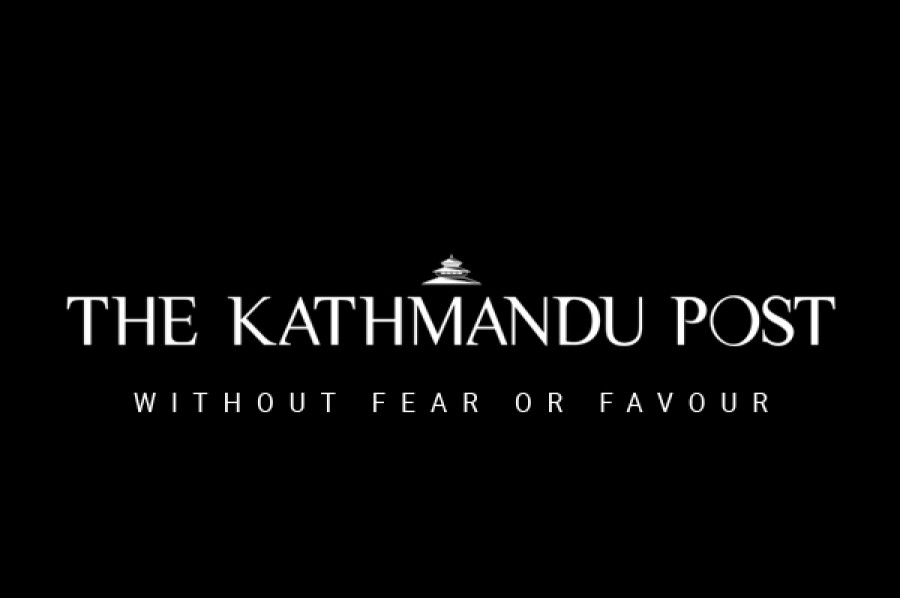Opinion
Need for speed
Post-disaster procurement should not be a recipe for corruption despite the need for urgency
Semanta Dahal
While the government’s security agencies have received compliments for their search, rescue, and evacuation operations, there are reasons aplenty to be skeptical, if not downright dismissive, about the relief efforts being carried out by other administrative levels of the government. The two large earthquakes have revealed the woeful under-preparedness of the government for a catastrophe of this scale. By now, enough has been written and said about it. Perhaps, any more criticism of the government is now unmerited. Nevertheless, the government should deservedly be critiqued for letting the bill on disaster management languish in Parliament for years and its laxity in passing the Public Procurement (First Amendment) Ordinance just 13 days before the April 25 quake.
Without a plan
Even though the government’s immediate actions are crucial for the emergency procurement of materials and the mobilisation of resources for rescue and relief, a quick assessment of literature and publications on disaster management indicates that relatively low importance was given to emergency procurement. Globally, an emergency procurement plan could gain currency only after the numerous criticisms leveled against the US government for wasteful overspending in Hurricane Katrina (2005)-related procurement contracts. The US government badly botched Katrina’s relief and repair operations and it could recoup itself only after implementing a semi-optimal procurement plan following Hurricane Sandy (2012).
Immediately after the devastating quake, an unprepared Nepali government also got into an uncoordinated and hurried acquisition process for procuring relief supplies, emergency shelters (including tarpaulin and zinc sheets), food items, medicines, etc. Because of the hastily negotiated (sometimes not even negotiated) sole or multiple-source awards, the procurement may come under scrutiny for not even minimally safeguarding competition and transparency. This is likely to swindle taxpayers’ money and other generously received donations. No doubt, the government can forego the routine procurement process. But any process which gets implemented without the backing of a sound emergency procurement plan can be questioned for not demonstrating good judgment and meeting accountability standards.
Procurement system
The government had a very good opportunity to introduce an effective emergency procurement system in Nepal through a new Disaster Management Act, if not through the recently promulgated Public Procurement (First Amendment) Ordinance by the President on April 12. The Parliament has yet to convert this Presidential Ordinance into an Act.
The option for single-source procurement for urgent situations was first introduced in the Public Procurement Act in 2007. The Act defined ‘special circumstances’ to include earthquakes and allowed the procuring entity, pursuant to Section 66 of the Act, to procure the subject matter of immediately to prevent the procuring entity from sustaining further loss. And now, instead of streamlining this provision, the Ordinance has rather introduced a duplicate provision, allowing the procuring entity recourse to a direct solicitation method for procurement during ‘special circumstances’. As a result of the amendment in Section 41, the Act now contains two identical methods for procurement during an emergency, both of which undermine competition for sourcing of supplies and works. The Parliament will have to correct this provision in the Ordinance before ratifying it. A sensible procurement system usually prescribes competitive negotiations and single-source procurement as the two methods for procurement during emergency. In Nepal’s public procurement law, competitive negotiations are conspicuously missing.
Procurement phases
In order to enhance the flexibility of the government to mount effective operations during an emergency, three types of emergency procurement response are usually prescribed: reactive procurement, emergency procurement, and non-emergency accelerated procurement.
Reactive procurement is pursued immediately after the disaster strikes. In this stage, there is an immediate threat to life, property, and infrastructure. In pursuing reactive procurement, the procuring entity can do away with paper trails and completely use the discretion and powers vested in it to obtain relief items directly from suppliers. Once the threat to life, property, and infrastructure subsides, reactive procurement must be stopped immediately and the government should engage in emergency procurement. In this phase, price quotations and proposals from different suppliers and their ability to deliver immediately must be evaluated. The contract should be awarded only after careful evaluation and quick but diligent negotiations.
The response phase enters into non-emergency accelerated procurement after the relief efforts gains ascendancy over emergency and when the more government is focussed on rebuilding, reconstruction, and rehabilitation. In non-emergency accelerated procurement, open tendering ought to be the norm and all no-bid sole source procurements must be completely avoided.
But on May 18, 24 days after the earthquake struck Nepal, the Cabinet adopted a decision to invoke Section 66 of the Public Procurement Act, allowing procuring entities to directly source the subject matter of procurement, including works for the construction of government buildings and other infrastructure, sans any open competition. Such decisions are most-suited when the government is in still in the phase of reactive and emergency procurement and not when post-disaster support enters the phase of non-emergency accelerated procurement. Allowing sole source procurement even during the phase of non-emergency related procurement will lead to gross misuse of this flexibility.
Post-disaster management after the two earthquakes is now slowly transitioning from emergency procurement to non-emergency accelerated procurement. The Parliament, while assessing laws on procurement and executive framing policies and passing regulations on procedure and methods of procurement, must keep ‘speed v competition’s benefits’ in mind. The routine procurement process is definitely a hindrance. The policy objective, therefore, should aim to abbreviate timelines, simplify acquisition procedures, and cut red tapes. The Ordinance on Disaster Management is an appropriate place to incorporate this. Yes, speed matters in post-disaster procurement, but it should not be a recipe for corruption and should not come at the cost of compromising value for money.
Dahal is an advocate (@the3rdbranch)




 7.12°C Kathmandu
7.12°C Kathmandu











